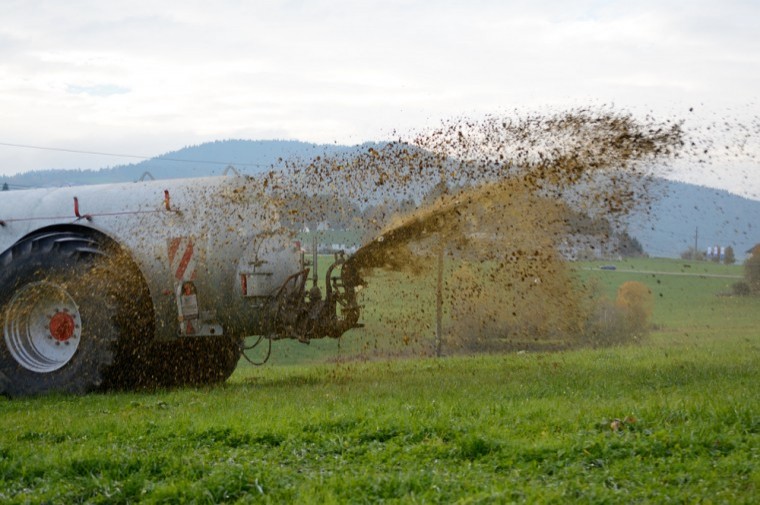According to Ecosyl silage expert, Darran Ward, spreading slurry after first-cut always poses a risk – because of the challenge of achieving the 10-week interval typically recommended for slurry to be absorbed before taking the next cut.
But in a mild year like this, when many first-cuts were taken early and farmers will be keen to get back in for second-cuts, he says the time available for slurry levels to decline will be even shorter.
“In parts of the country, first-cut was harvested two to three weeks early this year because of good grass growth,” explains Mr Ward, “and many people are adopting more frequent cutting to improve silage quality.
“In these situations, people could be taking second-cut just five weeks after first-cut. Slurry introduces all sorts of undesirable microbes into silage, such as enterobacteria and clostridia, both of which produce a poor silage fermentation, increasing the risk of higher clamp losses.
“If you are applying slurry between cuts, it will be important to take precautions to protect the fermentation,” he adds.
Rather than spreading slurry, Mr Ward urges keeping it off the leaves and introducing it directly to the ground, either with a trailing shoe type applicator, or better still by injecting it.
“If you do apply slurry, then wilting grass to above 30% dry matter and applying a bacterial additive will both reduce the risk of a poor fermentation.
“Ensiling above 30% dry matter helps because there’s less water in the clamp to dilute the acid conditions produced during fermentation, and which preserve the silage. With wet silage, it takes longer for the pH to fall, so undesirable bacteria can gain a foothold.
“Also, by adding beneficial bacteria with a proven additive, such as Lactobacillus plantarum MTD/1, you’re speeding up the conversion of sugar to acid during fermentation, and a rapid pH fall inhibits the undesirable bacteria.
“Already this year, slurry tankers have been out after first cut, so there will be fields at risk. Always check the crop for residual slurry before taking the next cut,” he adds.
“If undesirable bacteria, such as clostridia, are allowed to gain a foothold you get secondary fermentation, which converts beneficial lactic acid into weaker butyric acid, so silage becomes less stable,” Mr Ward points out.




